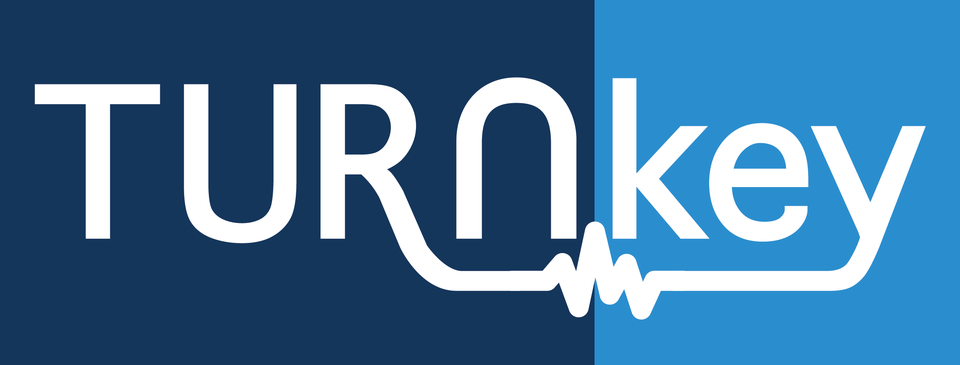TURNkey

NORSAR is leading a EU research and innovation project that is working towards more earthquake resilient societies. The TURNkey project is a 3-year project and is represented by a Consortium of 21 partners (universities, research institutes, SME’s, etc.) distributed across 10 European countries. TURNkey’s purpose is to develop a multi-sensor-based earthquake information system, facilitating Earthquake Forecasting and enabling Early Warning and Rapid Response actions.
Among all natural hazards, earthquakes lead to the highest number fatalities and, after severe storms, cause the second highest annual economic losses. From 2006 to 2015, Europe experienced 21 earthquake-related disasters that resulted in 1.049 fatalities, more than 18 billion Euros in economic losses, and affected 284.000 people. In the last years, risk awareness and perception towards seismic threats have increased among the public and policy makers in many European countries. These European countries have also understood how important it is to help mitigate the seismic risks, by making the best possible use of the potential of earthquake forecasting and early warning as well as by responding rapidly after an earthquake. The TURNkey project, funded by the EU within the H2020 programme, addresses the topics of Operational Earthquake Forecasting (OEF), also called time-dependent hazard assessment, as well as of Earthquake Early Warning (EEW) and its use, both in real-time (during an event) and in near real-time, when rapidly responding to earthquake impacts (RRE).
The focus of TURNkey is to close the gap between theoretical systems and their practical application in Europe in order to improve seismic resilience before, during and after a damaging earthquake.
The project has received funding from the European Union’s Horizon 2020 research and innovation programme under grant agreement No 821046.
See the TURNkey homepage for more info (external link).